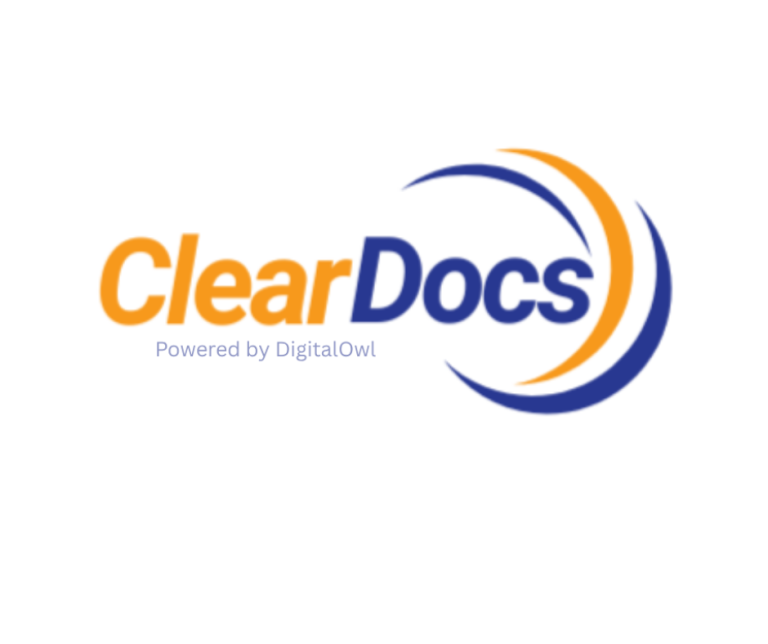When most people think of transcription, they imagine a simple transfer of spoken words into text. But professionals who rely on transcripts, whether in legal, medical, or corporate settings, know that there’s more at play than just accuracy. Formatting plays a crucial role in how information is absorbed, interpreted, and acted upon.
A well-formatted transcript is not just a written record, it’s a functional document designed for usability. And like any form of communication, the way information is structured can either clarify or confuse.
Why Formatting Matters in Transcription
Formatting decisions, like where to break paragraphs, how to label speakers, or whether to include timestamps, aren’t just stylistic preferences. They affect:
- Readability: Dense blocks of unstructured text slow comprehension. Proper formatting breaks up content into digestible pieces.
- Referenceability: Legal and insurance professionals need to cite specific moments. Timecodes and line numbers make that possible.
- Context: Punctuation, spacing, and labeling help preserve nuance and tone that might otherwise be lost in plain text.
A transcript that’s poorly formatted may still be technically “accurate,” but if it takes twice as long to interpret or creates room for ambiguity, it fails the end user.
Key Formatting Features That Elevate a Transcript
- Speaker Labels
Especially important in interviews, depositions, or meetings, clear speaker identification helps track who said what, and ensures the right person is credited or quoted. - Timestamps
In legal and courtroom settings, timestamps allow for cross-referencing with audio or video. This is essential for edits, analysis, and legal evidence. - Intelligent Paragraphing
Paragraphs should reflect natural breaks in thought, not just sentence counts. Proper breaks help the reader follow arguments, transitions, and topic changes. - Speaker Cues
Noting pauses, laughter, background noise, or interruptions can provide crucial context, especially in legal or behavioral assessments. - Consistent Terminology and Style
Using a predefined style guide ensures consistency across multiple documents and reduces the risk of misinterpretation, especially in technical or regulated fields.
One Transcript, Multiple Audiences
Take a dictated medical evaluation from an Independent Medical Examiner (IME). That single transcript may be reviewed by:
- The IME verifying that the final document reflects their medical opinion
- An insurance adjuster evaluating diagnosis and causation to support coverage determinations
- The referring physician who uses the report to support treatment decisions
- A legal team reviewing for accuracy, compliance, and admissibility
Each of these readers approaches the document with a different lens, but all require clarity, precision, and easy navigation. Formatting elements like labeled sections, bullet-pointed findings, and clear medical terminology aren’t just helpful – they’re essential.
It’s More Than Words
In transcription, accuracy is the foundation, but formatting is the structure that holds everything together. It’s the difference between “technically correct” and truly useful. When words are well-organized, they do more than inform- they empower.
So the next time you open a transcript, take a moment to appreciate the structure behind the scenes. Because the best transcripts don’t just capture speech, they elevate it.
Check out our blog page for more posts like this one. https://terranovanow.com/blogs/
Also, check out how we can help with your documentation and formatting needs. https://terranovanow.com/services/



